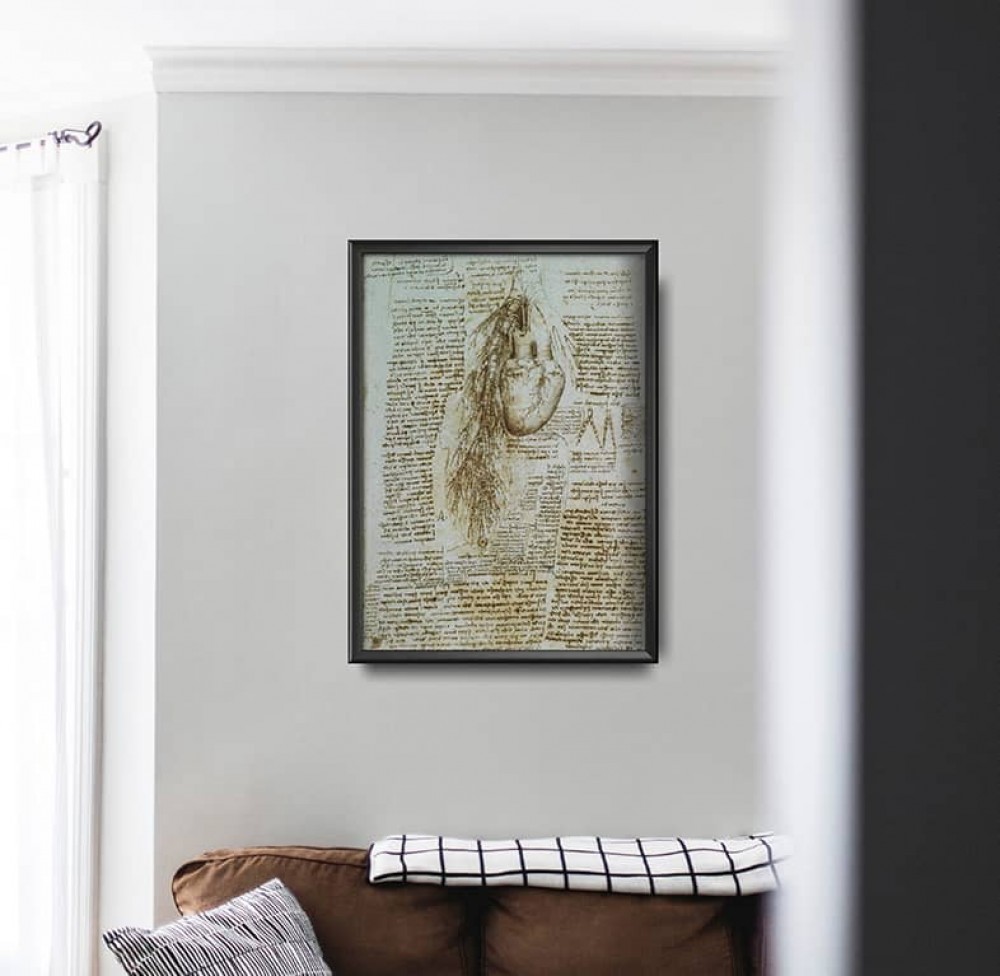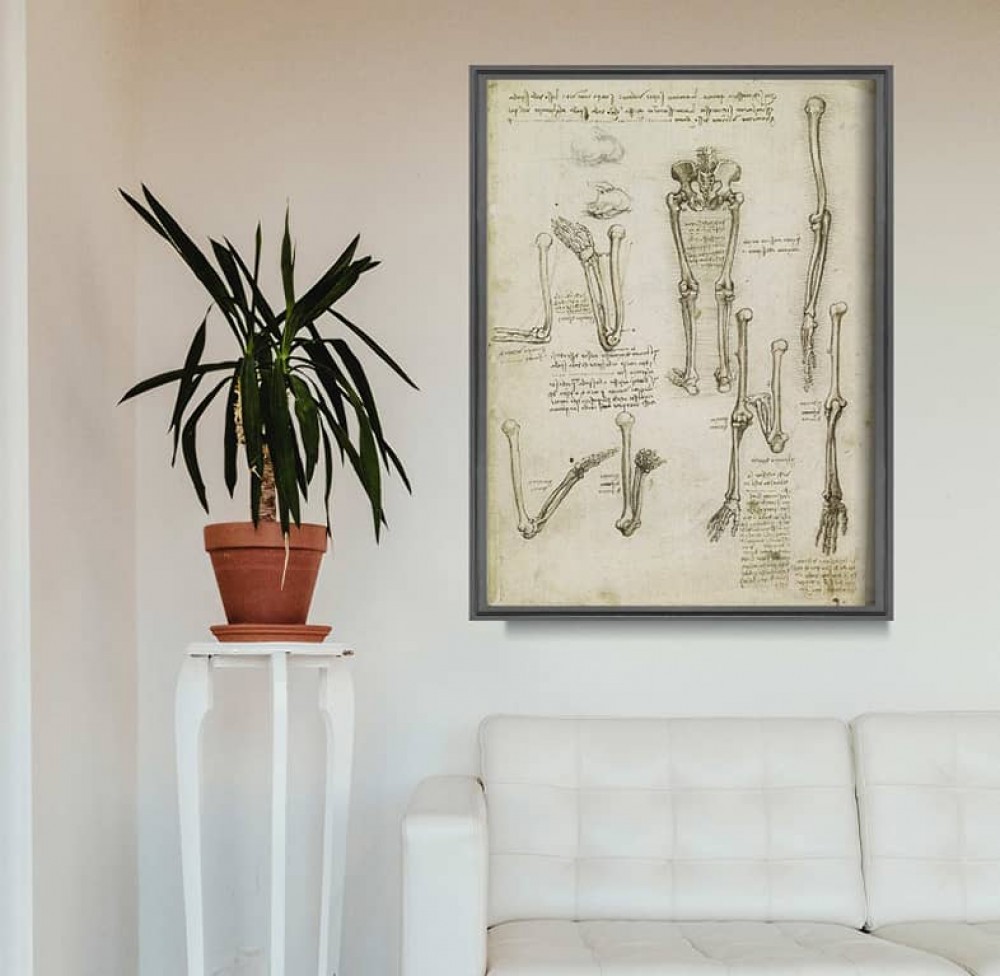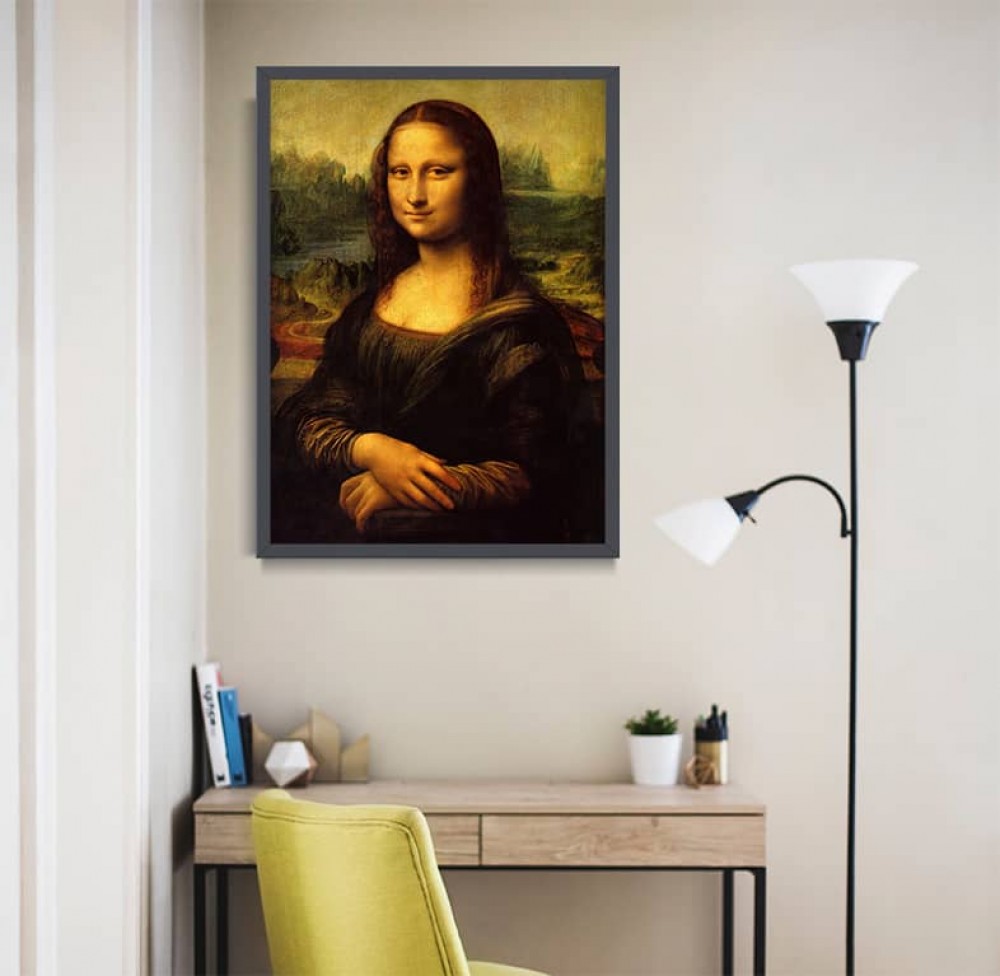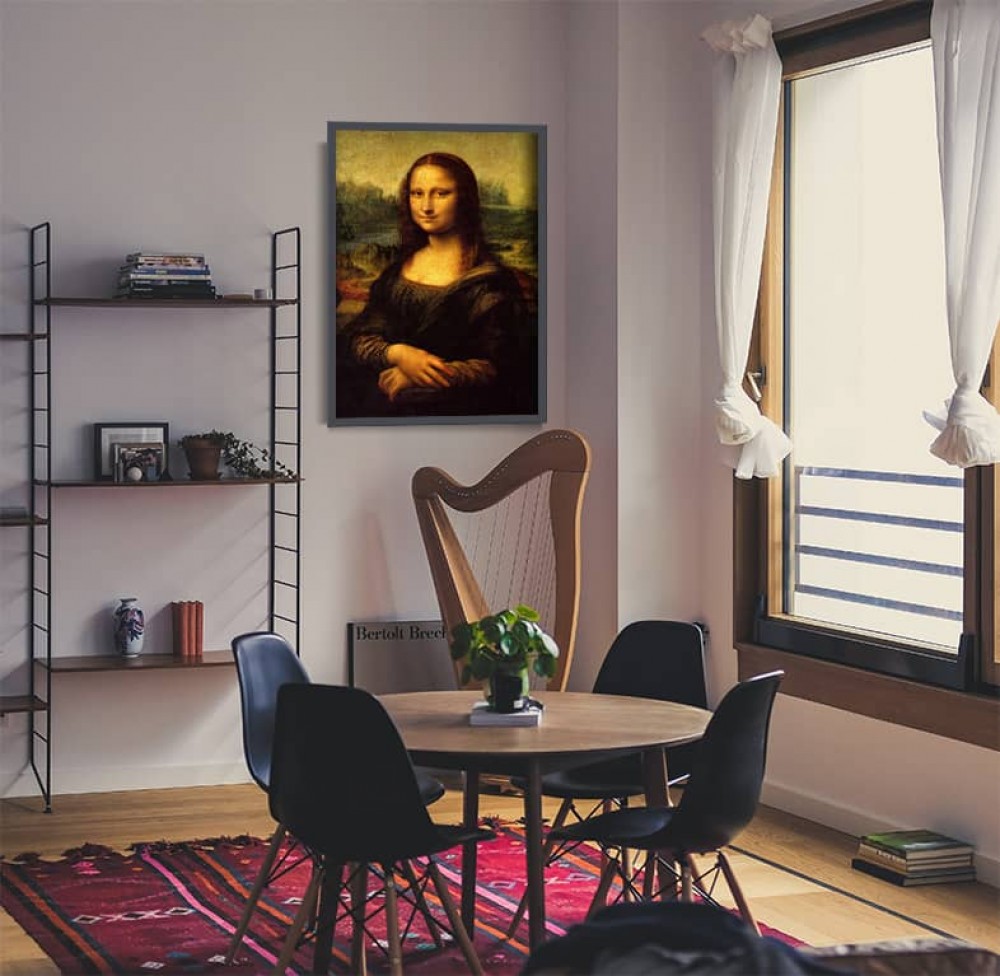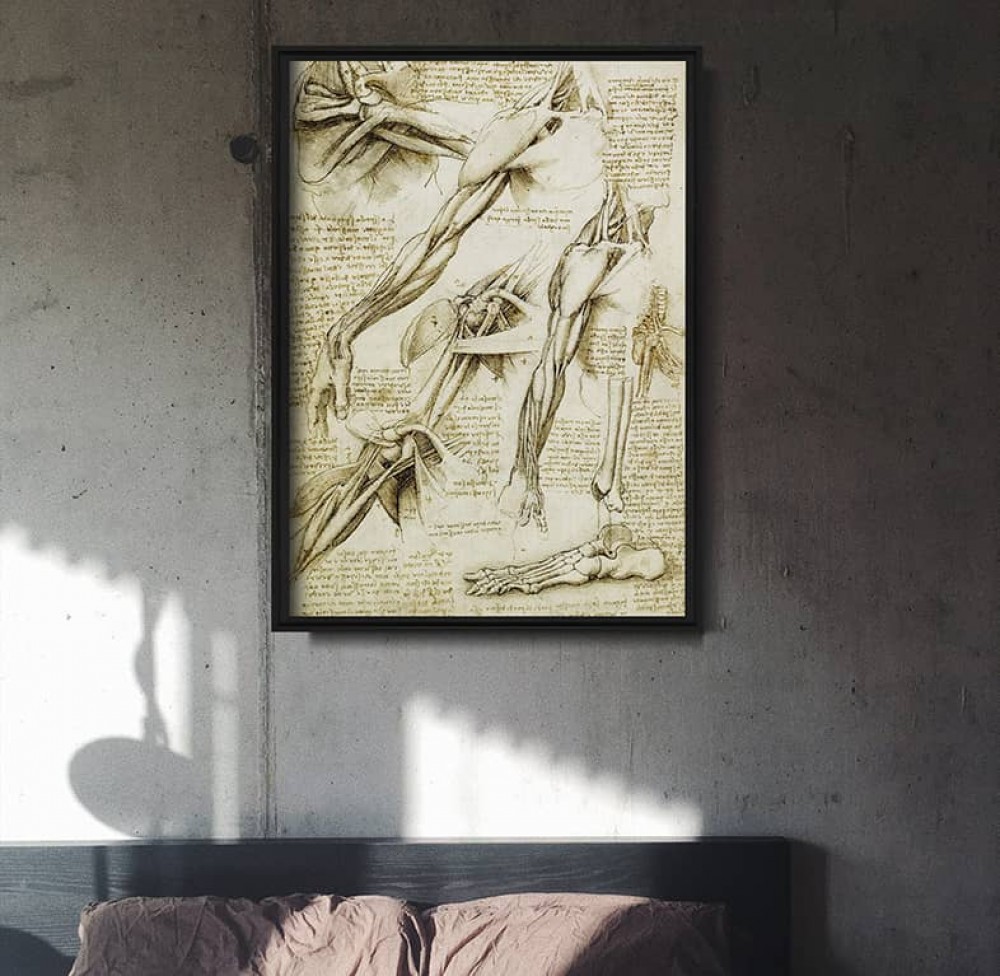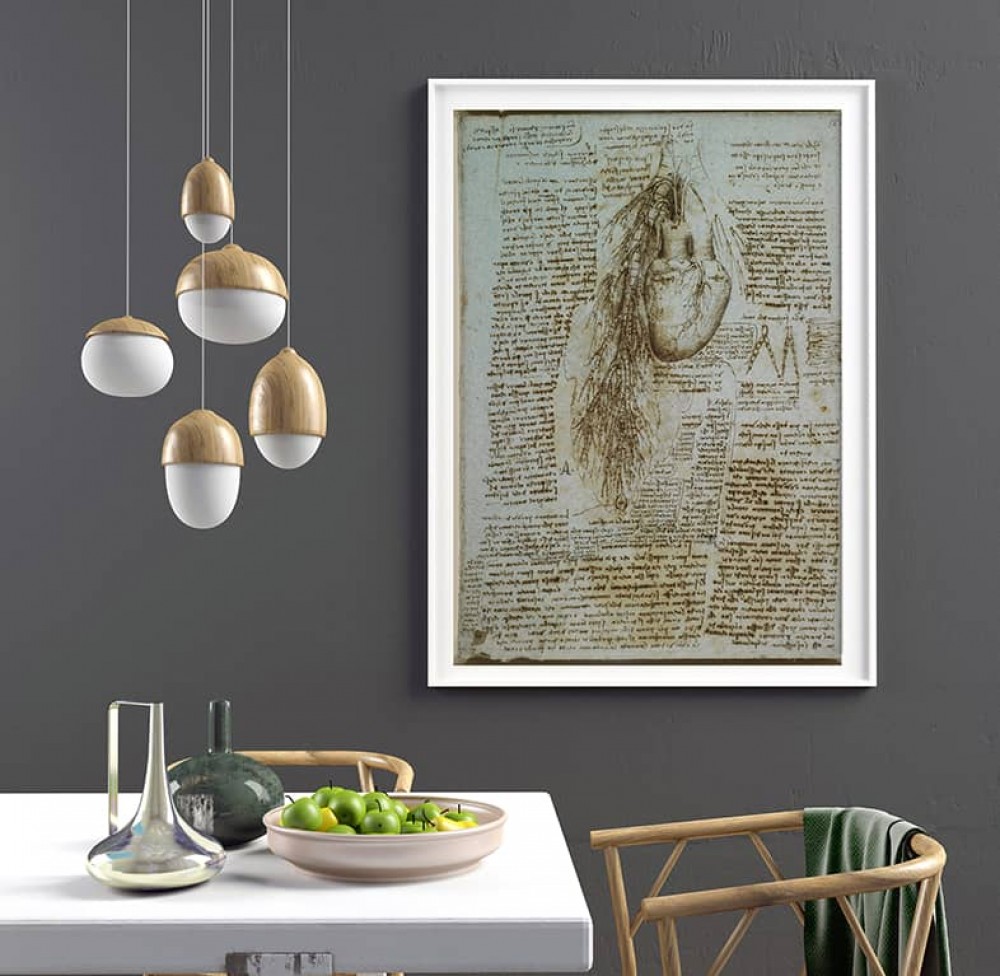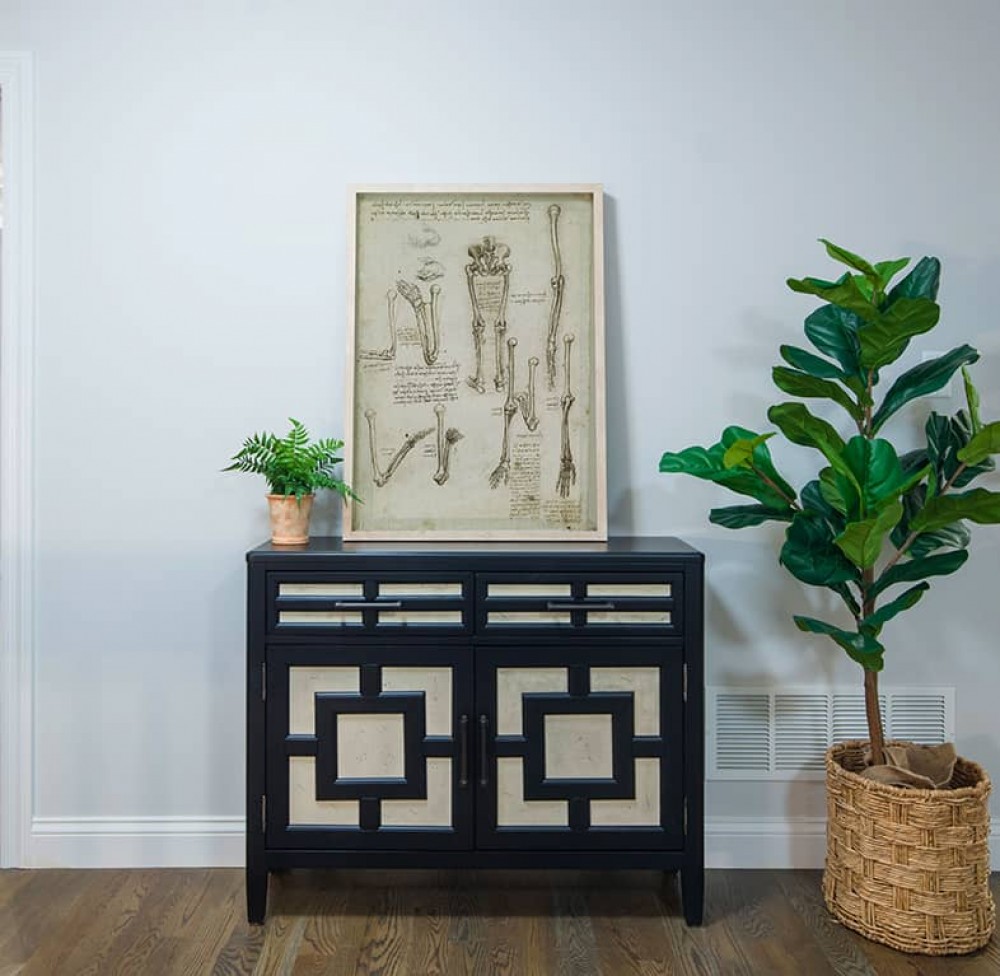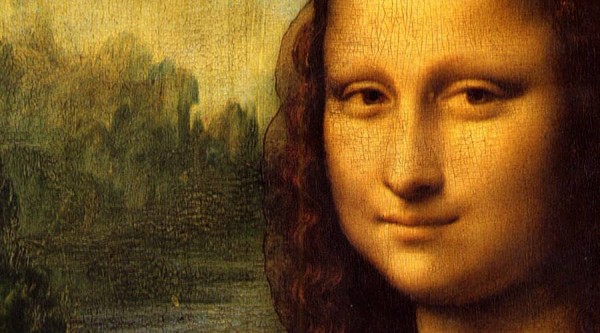
Renaissance Italy
It all started with Italy. Although it should be said that they were rather Italian states, because Renaissance Italy looked completely different than now. Italy was not a monolith, for example like the kingdom of France. Some politicians of this period, such as Cesare Borgia and Machiavelli, lamented this for more or less practical reasons.
The beginning of the Renaissance period coincides with a period of great changes in Europe, but the transition from the Middle Ages to the Renaissance was smooth and it is difficult to set a specific cut-off date. Symbolically, it is considered the beginning of an epoch, for example the fall of Constantinople or the discovery of America by Christopher Columbus. In Italy, the matter is even more complicated - the late-Gothic Italian architecture already has features that will later become constitutive of the Renaissance, and some scholars trace the beginning of this era as far back as the 13th century!
However, it cannot be denied that Florence was in fact the cradle of the Renaissance. A unique place, because we owe it not only outstanding architects and painters, but also thinkers of this era. Florence, being an important intellectual and cultural center, started a trend in Europe for architecture completely different from that found in the Middle Ages, referring in its aesthetics to Roman achievements - much lower in buildings, less soaring and more streamlined in shape. The Cathedral of Santa Maria del Fiore, the dome of which was designed by Fillipo Brinelleschi, has become a representative example of Renaissance architecture.
Renaissance art
Renaissance artists created a new art, but its theoretical justification followed the fact. References to antiquity and humanism, considered the main ideological axis, eagerly opposed to the medieval mentality, were decorations adapted to new concepts - just as in Rome, huge, vaulted buildings were decorated with Greek columns according to their own sense of beauty, without observing the principles of the Greek canon. The ideological foundation was therefore only a content addition, which was intended to deepen the value of the art created.
The Renaissance artist is also a later invention. Contrary to popular opinion, the Renaissance was not a revival of ancient arts - although later the Renaissance artist liked to use Greek and Roman motifs in his works, referring, for example, to ancient mythology. The acts motif whose tradition had disappeared in medieval Europe were returned, and this fashion even translated into biblical themes (which made the images of the rise of man and the expulsion of the first people from paradise a popular theme).
An important invention of the Renaissance was the discovery of convergent, linear and aerial perspectives. The sfumato technique was used, giving soft and hazy color effects. Landscape portraits became popular, which confirms the strong turn of the painting of this period towards nature.
Art by Leonardo da Vinci
Leonardo da Vinci became the personification of the Renaissance man thanks to his versatile interests and remarkable achievements both in the field of art and science. The Italian painter, graphic artist, engineer and explorer is a figure that still raises a lot of controversy among scientists and the general opinion. He is widely regarded as one of the greatest painters of all time and one of the most talented people. He worked at the largest courts in Europe, including for the Sforza and Medici families, creating both biblical works and portraits of the aristocracy.
Leonardo Da Vinci popularized the aforementioned sfumato technique, and his theoretical considerations on painting techniques, perspectives and investigations in the field of optics are an inspiration for many artists to this day. His painting is distinguished by the characteristic smile that can be seen in his most famous work, the portrait of Mona Lisa. He aimed to present the psychological outline of the character, reflect his character, but not with the help of symbolism, but with the help of small gestures, glances. He wanted the body to express the emotions of the portrayed.
Mona Lisa
Mona Lisa, also known as Giaconda or Portrait of Lisa Gherardini, wife of Francesco del Giacondo, is a work that probably needs no introduction to anyone. Filled with secrets, more or less conspiracy theories, characteristic for the so far unknown technique with the use of almost invisible glaze, still arouses much interest and is considered a revolutionary picture.
Portrait description
The portrait shows a young woman with a calm, mysterious smile. Dressed in a modest, dark robe that does not reveal her position and property status, she also does not wear jewelry. The figure sitting on the balcony in the counterattack position looks at the viewer with a piercing, keen gaze, as if she knew that somebody was watching her. In the background you can see a landscape with a stream winding among the hills. It would seem that this description does not contain anything special, and the portrait itself is just another custom-made painting. Nothing could be more wrong.
This painting is unusual in many ways. First, Leonardo da Vinci applied two perspectives to it. The landscape behind the figure is created using an aerial perspective that enhances the impression of depth and illusion. It should also be added that this landscape is probably entirely invented by the artist. The model's skin seems to be just as illusory, giving the impression that by touching it you can feel the softness and warmth of her body. Second, it is still unknown who the portrayed woman is. We know nothing about her, and the probable name is only a guess, not supported by solid historical facts. Thirdly, a mysterious smile that, seen from different perspectives, is perceived by the viewer in a completely different way.
The turbulent fate of the most famous portrait in history
On August 21, 1911, the painting was stolen from the Carré Salon at the Louvre. For two years, police from around the world searched for the missing portrait without success. This audacious theft made headlines. The thief turned out to be 29-year-old Vincenzo Peruggia, a glazier working on the setting of paintings in the Louvre. As it turned out, Mona Lisa spent those two years lying in a suitcase tucked under Peruggi's bed.
Peruggia himself commented on the stolen painting in this way: “I have a stolen painting by Leonardo da Vinci. It seems to belong to Italy because the painter was Italian. My dream is to return this masterpiece to the land it comes from and the country that inspired him. " Admittedly, following patriotic motives is quite an unusual motivation to steal one of the most groundbreaking paintings in history.
Anatomical tables
Although works such as The Last Supper, Mona Lisa or Lady with an Ermine enjoy ever-decreasing fame and hardly need to be introduced to anyone, it is also worth mentioning another side of Leonardo da Vinci's work. Leonardo was interested in man in every aspect. His goal was to understand human anatomy, and from the point of view of people of that time, he pursued this goal in a quite controversial way. The artist was passionate about cutting people. Not the live ones, of course. He collaborated with the professor of anatomy, Marcantion della Torre, with whom he performed postmortem examinations forbidden at the time.
Expanding knowledge about man
Okay, we need to rectify some issues. Leonardo wasn't some great autopsy fanatic at all, his love of such entertainment was more of a brooch from his favorite colleague, Michelangelo. Leonardo did not get any particular satisfaction from this. We even know that before he undertook these illegal practices, he had to overcome his psychological resistance, but his need to learn more about man was definitely stronger. He even planned to publish an anatomical atlas, but his aspirations were restrained by the pope, forbidding him to participate in this dishonorable practice (well, he could have sentenced him to prison ...). The second issue that should be rectified is that autopsies were not entirely prohibited by the Church, the restrictions applied to people who did not perform them for strictly scientific purposes. However, this did not stop the Italian from further researching human anatomy, and he decided to perform dissections on animals in an attempt to translate his observations into the human body, which, we must admit, was quite skilful for him.
How to use posters of Leonardo da Vinci reproductions in the interior?
Remarkable precision and timeliness will make posters presenting anatomical topics the most suitable wall decoration in medical and physiotherapy offices.
Leonardo's paintings reproductions can also be successfully used in the living room, bedroom and home office. Leonardo da Vinci's portrait of the Mona Lisa will be both a single accent and a complement to a larger collection. We recommend the first option so as not to visually overwhelm the interior.
The gallery consisting of anatomical posters will certainly be an unusual and eye-catching decoration. The high print quality of our posters ensures the reproduction of the smallest details of the image. In the case of boards, in order to maintain the best reflection of details, we suggest using larger posters.
Related articles:

How to arrange a kitchen in retro style?
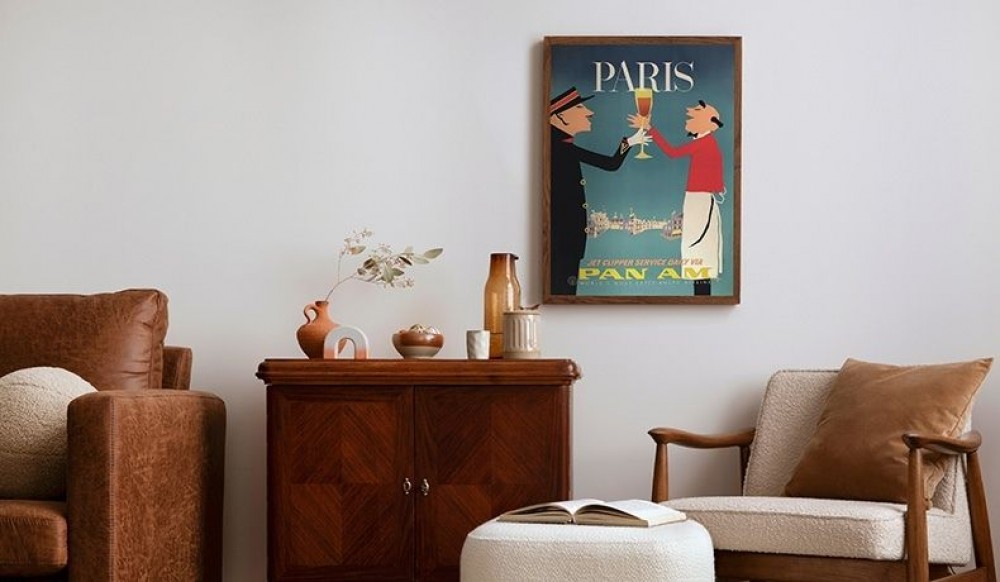
How to decorate a living room in retro style?
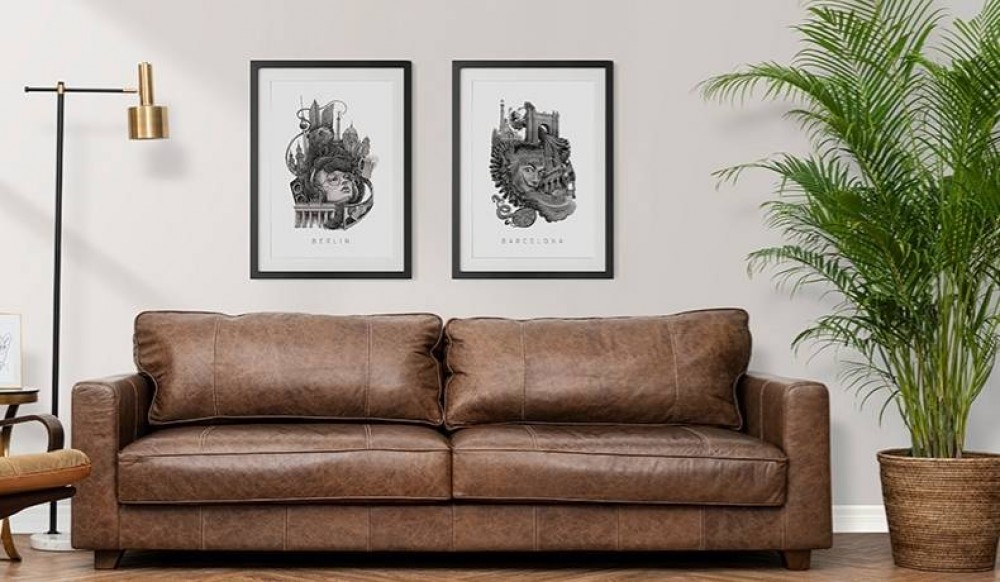
Loft in the climate of an old factory - how to decorate an industrial interior?



